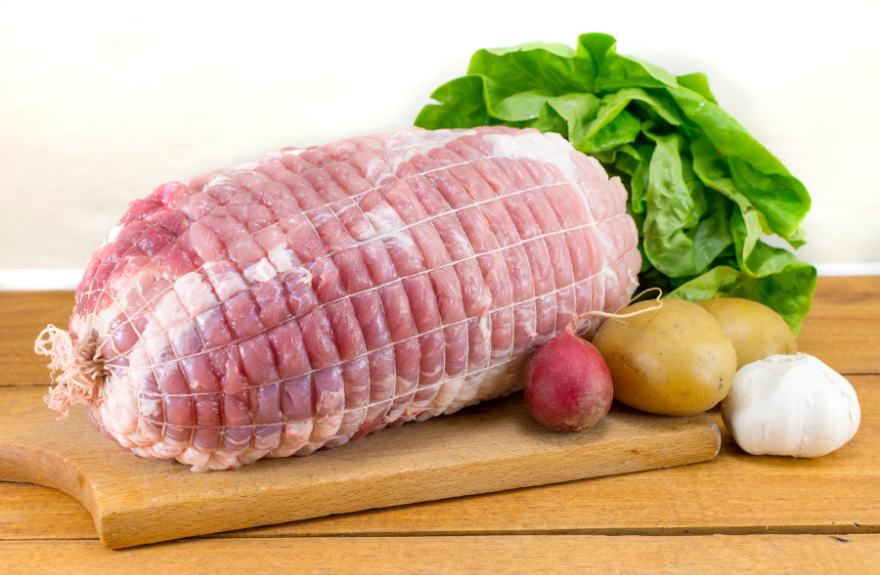What to Do When Finding Meat Netting Products

There are often times when you need to get netting materials to go around your meats as you prepare them. These include cases where you need to soak up some of the juices inside meat or if you need to keep a certain shape intact as you prepare the meat. Quality meat netting materials can work well for your needs but it is important to look at how you’re finding the best possible materials.
What Is It Made Of?
Rubber and polyester materials can be utilized when you’re using a net as they can flex quite well and will not add too much pressure onto the meat. Cotton is useful as well because it does not alter the flavour of the meat although it has to be wound up carefully. Whatever you choose, you will have to be cautious with getting your meats ready.
How Absorbent Is It?
You must also look for netting by seeing how well your material can absorb items from the meat. A quality compound can take in excess juices that are outside the meat while keeping the ones inside the meat intact. This keeps odors from developing and ensures the meat can last for a longer period of time.
How Elastic Is It?
Look at how well the net can bend and move around. The net should be flexible enough to go around all the curves on your meat. It should also be flexible enough to where you can tug on it gently while looking to cut it off. A butcher knife should be able to move through it and cut it off without damaging the rest of the meat.
How Dense Is It?
Look at how dense the netting for your meat is as you plan it out. The netting should be flexible enough to go around all the corners of your meat. This is especially important if you are trying to keep certain logs or other shapes intact while planning your meat.
Your meat netting is more important to your meats than you might think. Be certain that you look at how well you get your netting applied around your meat and that you use only the right materials for the job.
